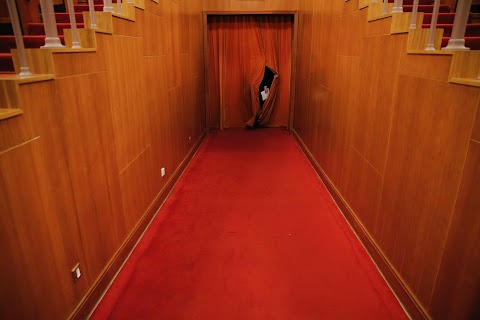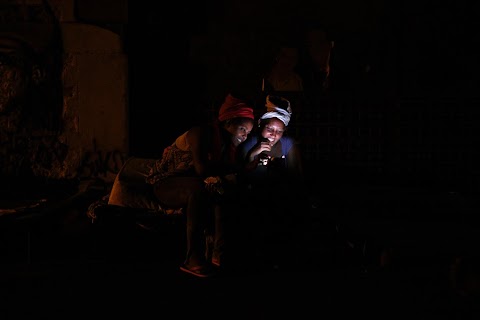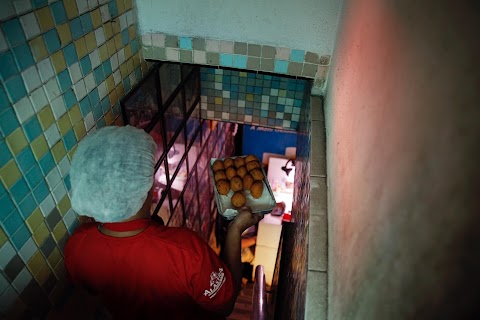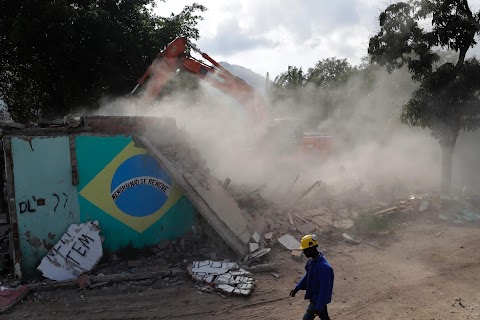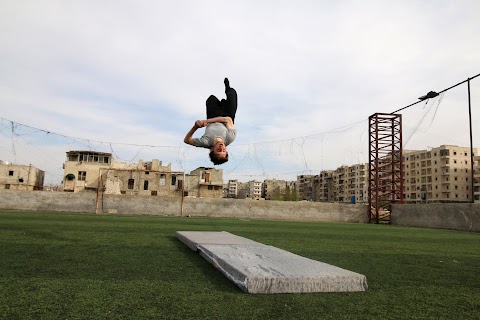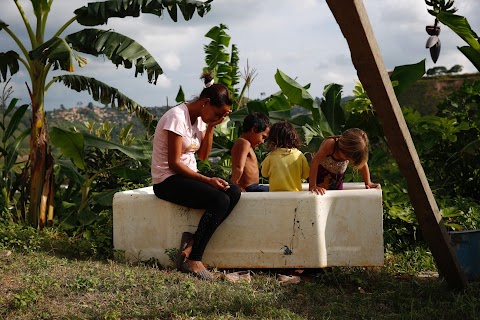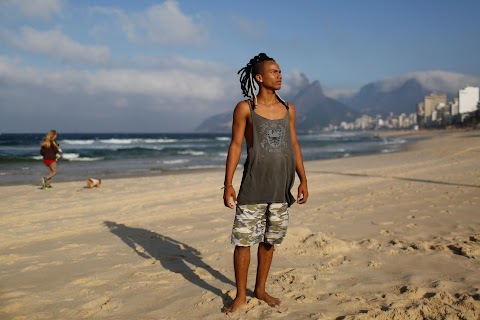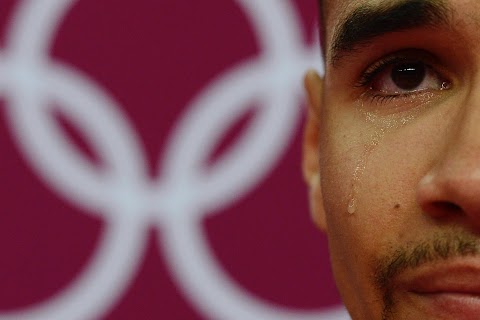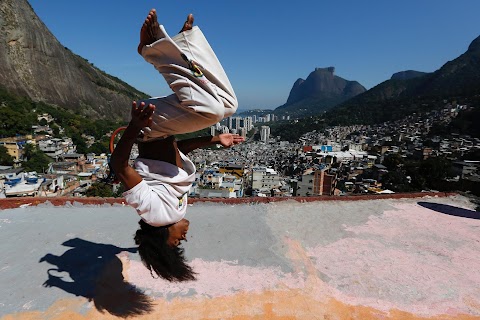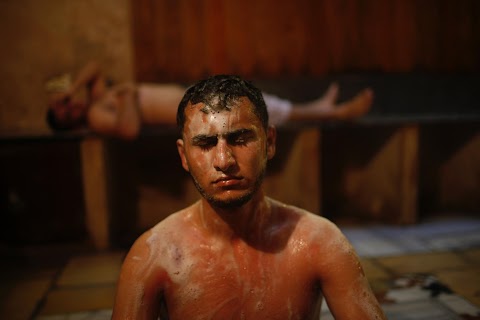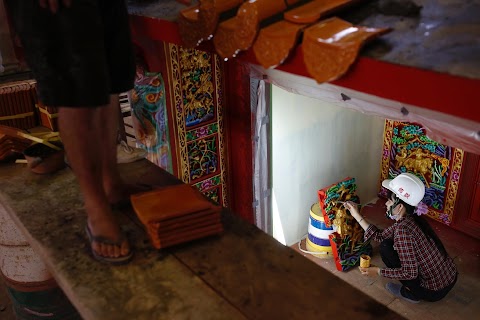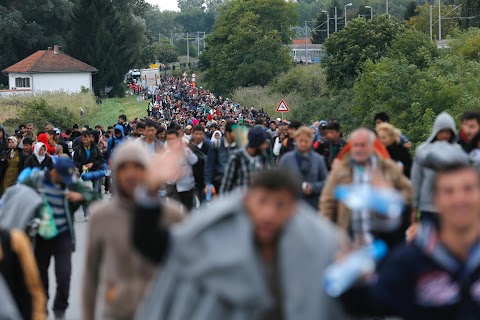
Migrant routes a year on
A year after hundreds of thousands of migrants and refugees snaked their way across southeastern Europe and onto television screens worldwide, the roads through the Balkans are now clear, depriving an arguably worsening tragedy of its poignant visibility.
Europe's migrant crisis is at the very least numerically worse than it was last year. More people are arriving and more are dying.
But the twist is that, compared with last year, a lot of it is out of sight.
Story
In the Balkans, a Reuters photographer, revisiting the people-packed locations where he and his colleagues captured last year's diaspora, found empty roads, unencumbered railway tracks and bucolic countryside.
More than one million people fleeing conflict in Syria, Iraq and Afghanistan made their way to Europe last year, with the majority of them crossing the precarious sea corridor separating Greece and Turkey, the temporary home for more than 2 million refugees displaced from Syria.
They came carrying their worldly belongings in plastic bags and hauling babies on weary shoulders, a visual exodus of the kind not seen in Europe since the end of World War Two.
Story
Many have since reached their destination in northern Europe, but with the borders closed and the European Union now attempting to contain the numbers, thousands are stuck at holding centres in Greece and Italy.
They are not so nearly visible there - nor are the ones still coming.
Story
According to data from the International Organisation for Migration (IOM), arrivals are up 17 percent on last year, stoked mainly by a spike at the start of the year through Greece.
Deaths among those trying to get to Europe, mainly due to drowning, are up more than 15 percent.
"This is not a blip," said David Miliband, a former British foreign minister who now heads the International Rescue Committee, an aid group set up by Albert Einstein to rescue Europeans before the outbreak of World War Two.
"The forces that are driving more and more people from their homes - weak states, big tumults within the Islamic world, a divided international system .. None of these things are likely to abate soon."
Story
Some of the mantle of accepting huge migrant flows that was carried by Greece last year and the beginning of this one has been taken up by Italy.
This follows a resurgence of migrant flows from northern Africa. More than 140,000 asylum seekers are now housed in Italian shelters, a seven-fold increase on 2013, with the migrant crisis in its third year.
In Greece, where arrivals plunged in the wake of an accord between Turkey and the EU to stem the flow in March, an estimated 57,000 migrants were still stuck in the country by Aug.8.
Story
Campaigners say the accord has lulled policymakers into a false sense of accomplishment by allowing them to believe that Europe's migration problem has been solved.
"By outsourcing the responsibility to Turkey and to Greece, European governments are basically saying 'we have solved the crisis because we don’t see it, and we can't smell it and we can't hear it," said Gauri van Gulik, deputy Europe director at Amnesty International.
"The crisis is as big as ever, and as yet unsolved by governments," she told Reuters.
Story
IOM data says that 258,186 people arrived in Europe by the end of July, compared with 219,854 over the same period in 2015.
There were 3,176 fatalities by Aug. 7, outpacing the 2,754 who died in the first eight months of last year, a slightly longer period.
"Its absolutely incredible because if you think about the panic this caused last year and the incentive there was to really get some policy changes in place, nothing has happened," Van Gulik said.















